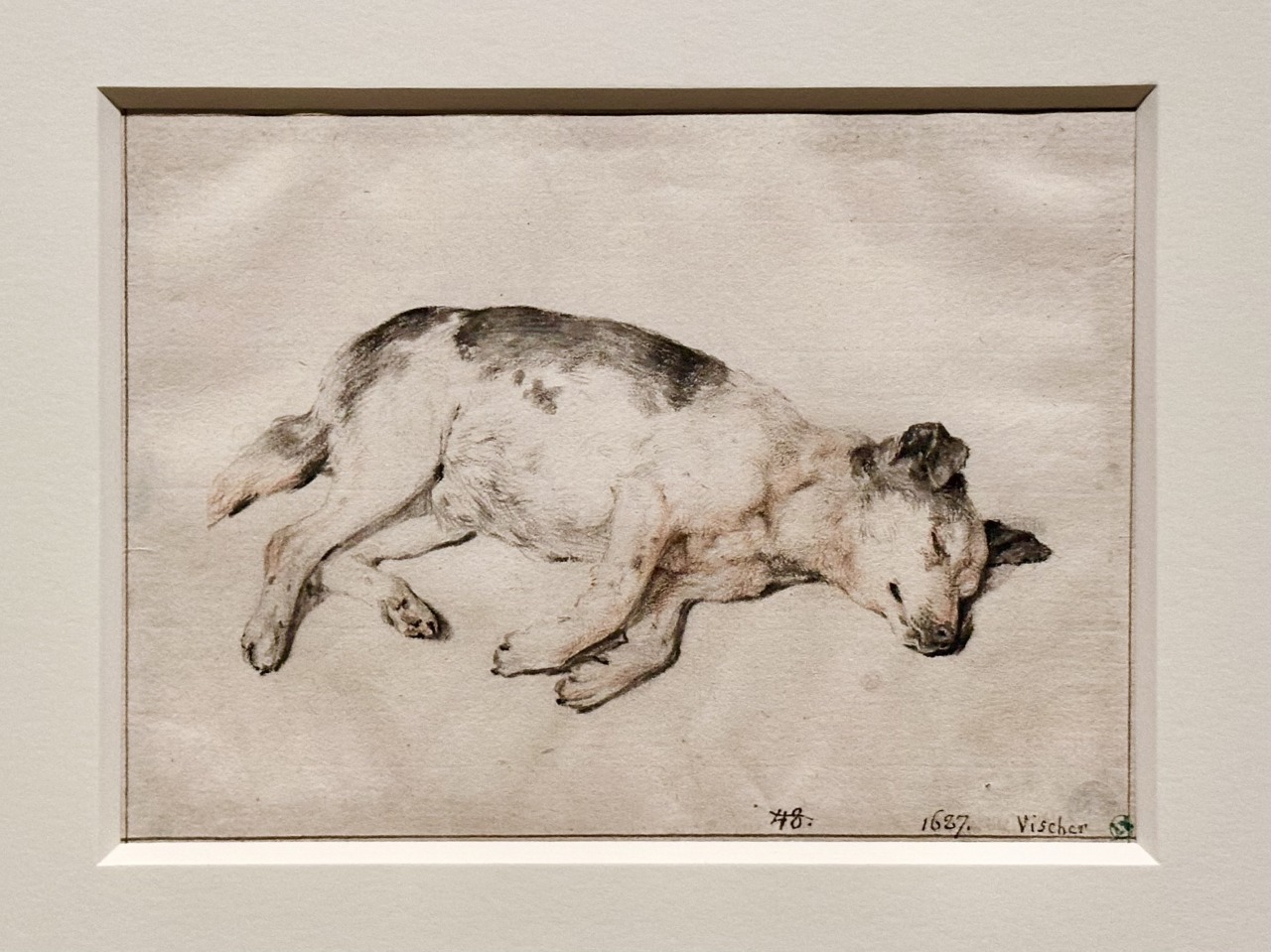National Museum of Western Art
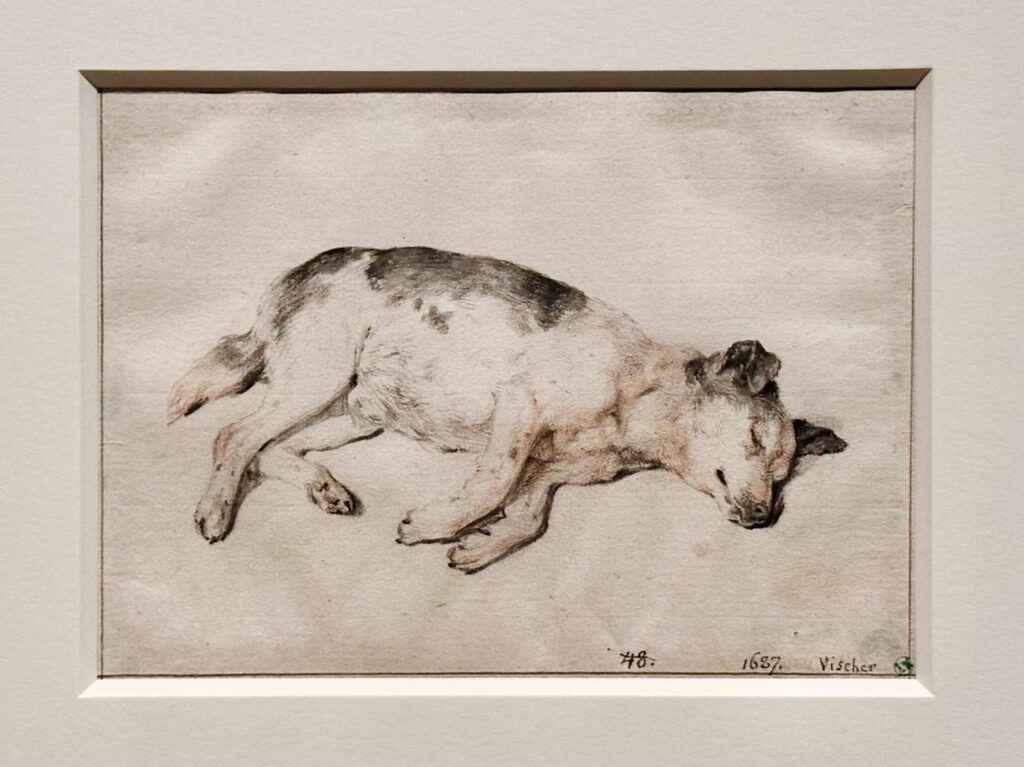
The National Museum of Western Art (Ueno Park, Tokyo) is hosting an exhibition titled "Nationalmuseum Drawing Collection: From Renaissance to Baroque ," showcasing approximately 80 masterpieces from the Nationalmuseum, which boasts one of the world's finest collections of drawings, including works by Dürer and Rubens. The exhibition will run from July 1 to September 28, 2025.
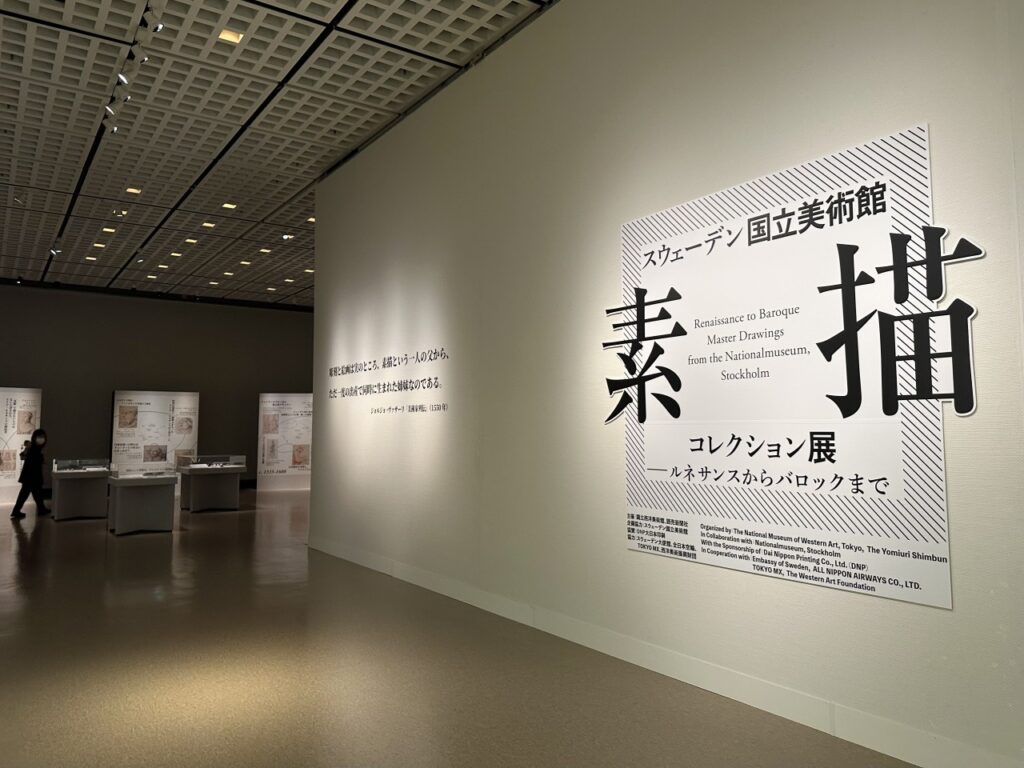
The Nationalmuseum in Stockholm, Sweden, is one of the oldest art museums in Europe, and was founded on the art collection of the Swedish royal family. It houses a wide range of art, crafts, and design from the Middle Ages to the present day, but its collection of drawings is considered one of the best in the world in terms of both quality and quantity.
A sketch (drawing, drawing) is a two-dimensional work that primarily consists of line drawings using pen, charcoal, chalk, etc. to express the contours, texture, light and shade of a subject. There are various purposes for creating sketches, such as quickly capturing an idea or honing one's skills, but because sketches are often linked to the process of formulating a concept for a painting or sculpture, writers of the 16th and 17th centuries regarded them as the basis for all forms of art and highly valued them.
The great appeal of sketches is that they allow viewers to experience an intimate sense of being present at the creative process, as they directly sense the artist's thoughts and traces of his hand, and also reveal a sense of momentum that is not present in real works, which require careful brushstrokes.
This exhibition conveys the unique characteristics and appeal of drawings from the Renaissance to the Baroque period, showcasing a total of 84 works, including 81 masterpieces on loan from the Nationalmuseum's drawing collection and three related works from the National Museum of Western Art.
Drawings are a medium that is highly susceptible to changes in temperature and humidity, as well as light and vibration. This is the first time that works from the collections of overseas art museums have been brought together in Japan on such a large scale.
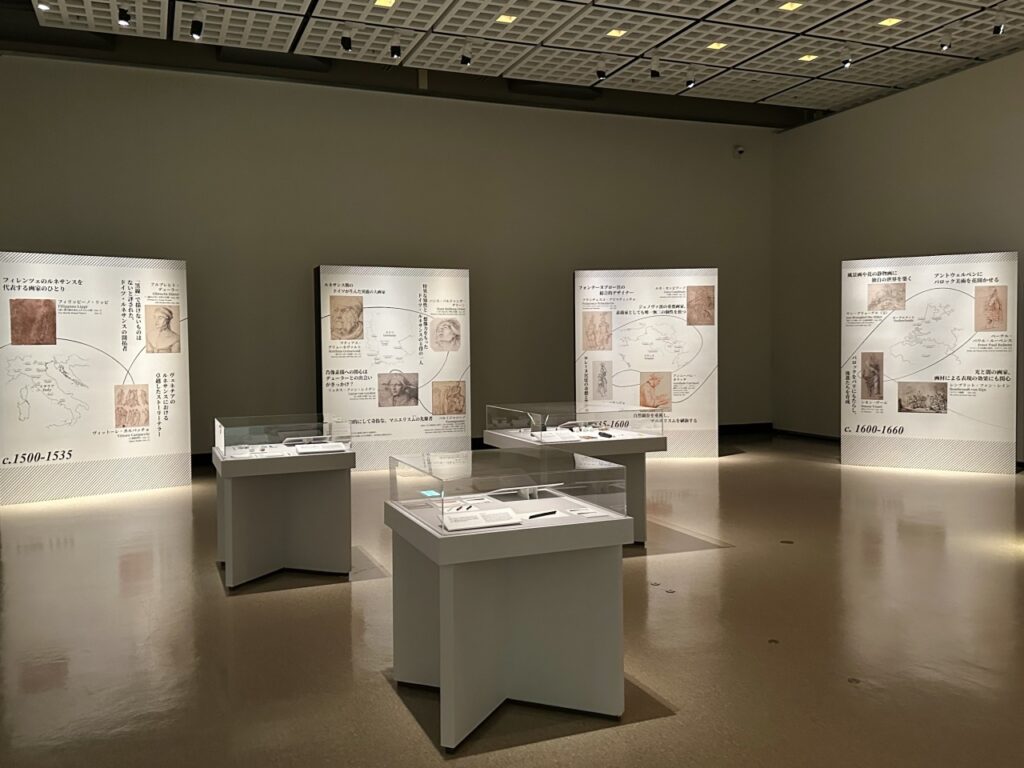
Exhibition view of "Nationalmuseum Drawing Collection: From Renaissance to Baroque," National Museum of Western Art, 2025
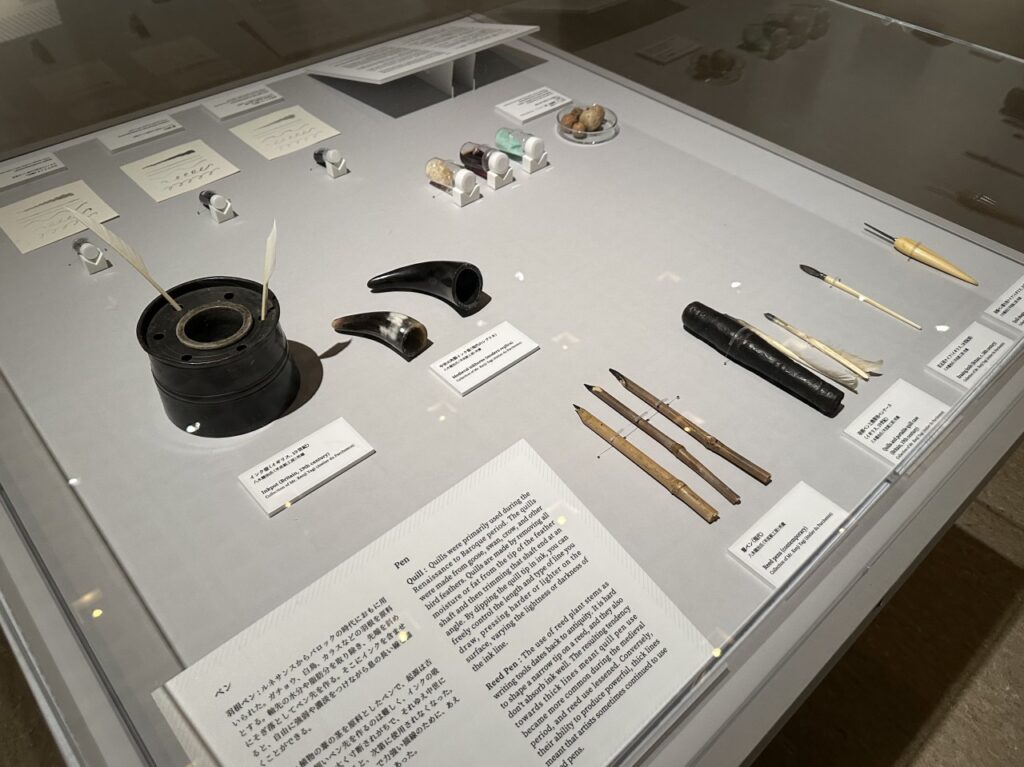
Exhibition view of "Nationalmuseum Drawing Collection: From Renaissance to Baroque," National Museum of Western Art, 2025
The exhibition is divided into four chapters, showcasing works by region of production: Italy, France, Germany, and the Netherlands. The first chapter focuses on Italy, which continued to be a brilliant center of art during the Renaissance, Mannerism, and Baroque periods.
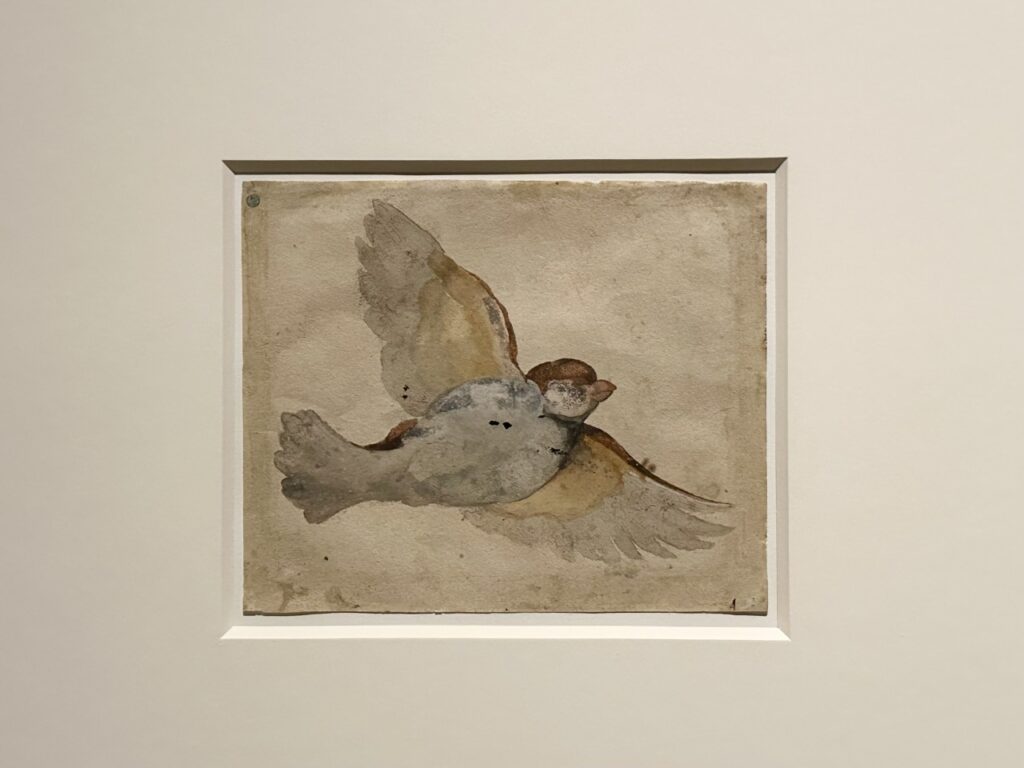
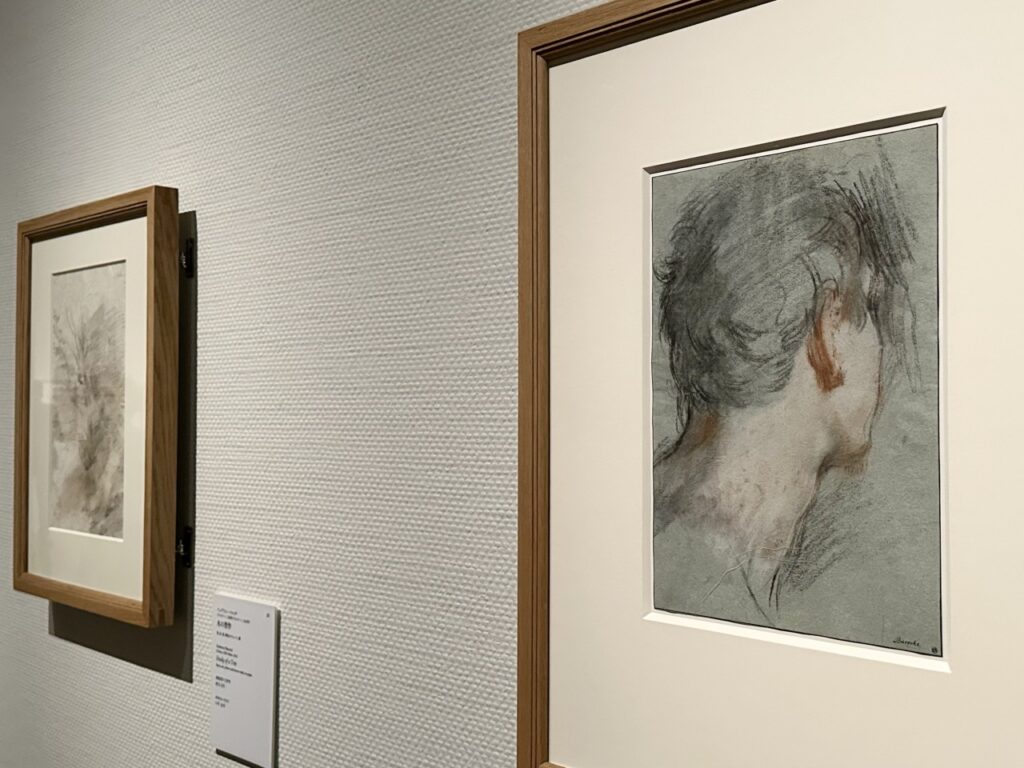
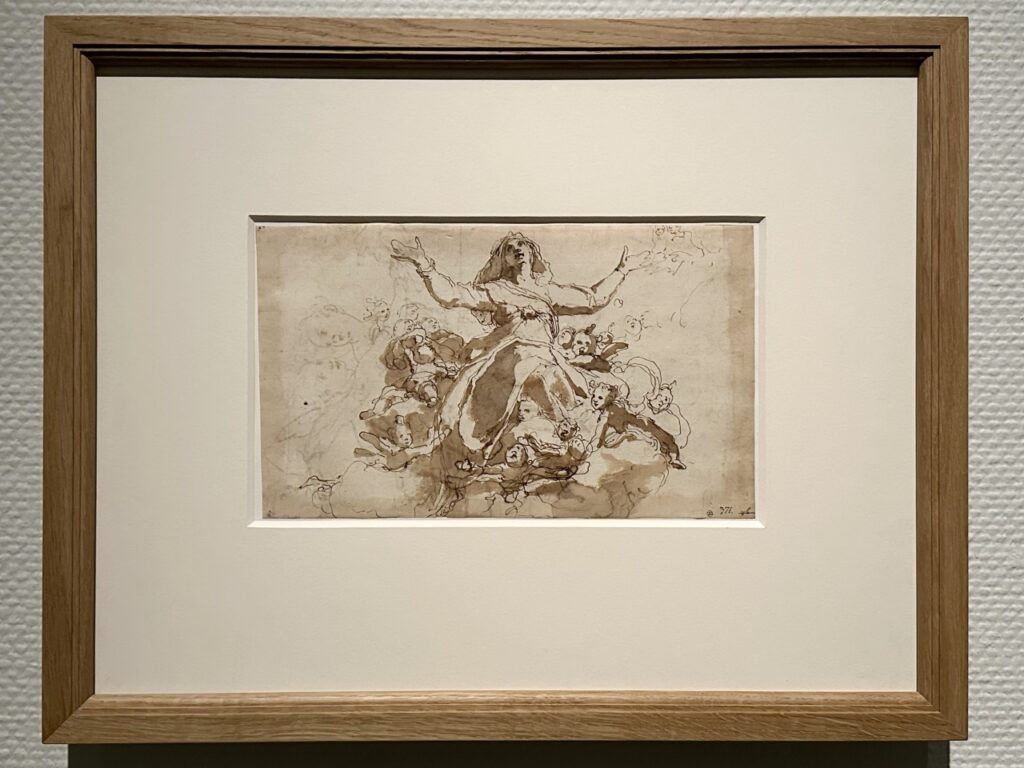
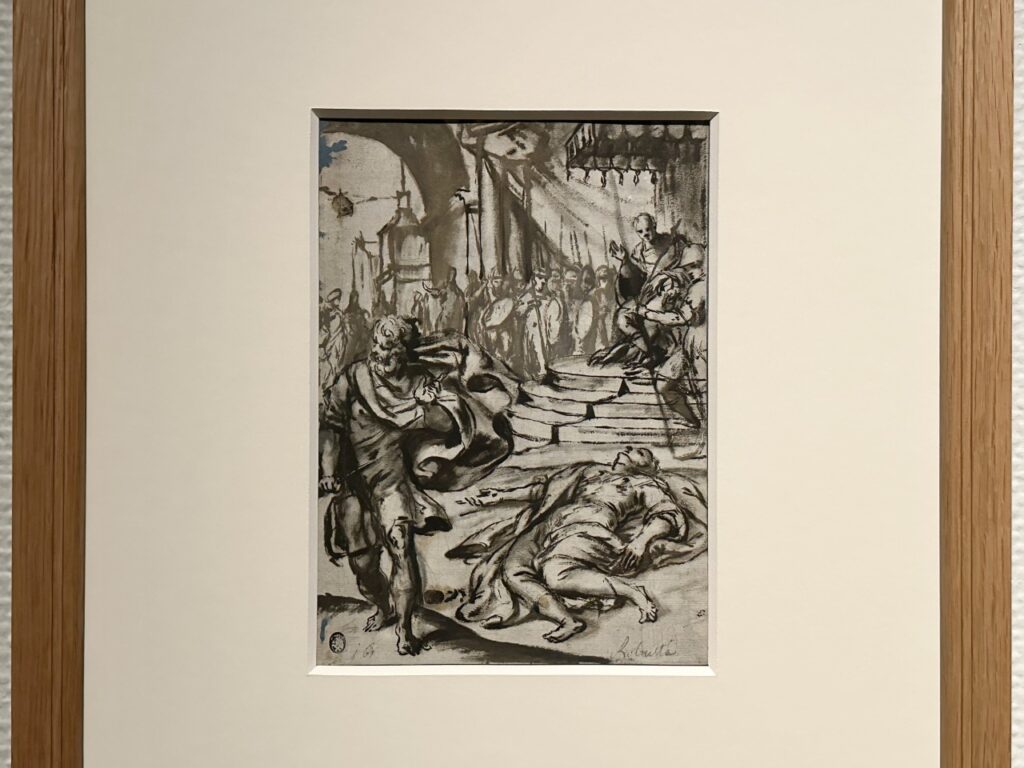
Of particular note are the works of the Carracci family, who played an important role in later Baroque art from around the end of the 16th century, when natural observation, which had suffered a decline in interest among painters during the Mannerist period, began to be emphasized again.
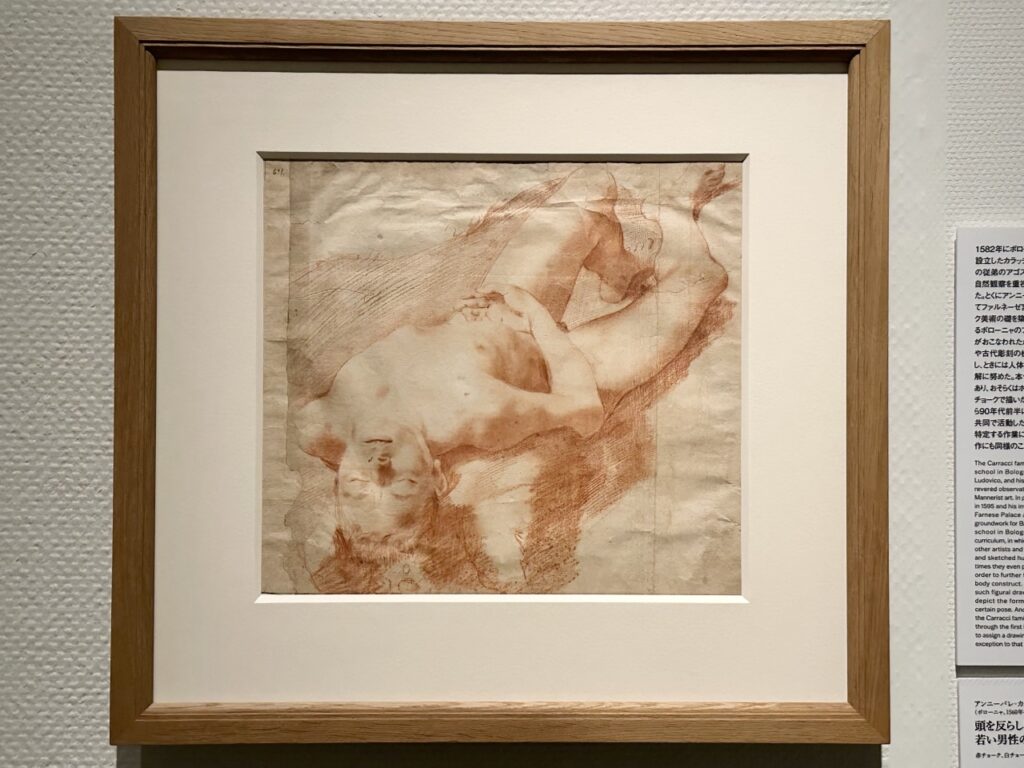
The Carracci family established a private art academy in their hometown of Bologna in 1582, where they provided a unique artistic education, including copying classical sculptures and sketching suburban landscapes and common people. They particularly focused on nude drawing, sometimes using anatomy to understand the structure of the human body. Annibale Carracci's red chalk Study of a Nude Young Man Lying on His Back with Head Tilt and Eyes Closed is a good example of such a figure drawing.
Additionally, Portrait of the Painter Ludovico Cardi, known as Cigoli (c. 1604-09) is a portrait sketch capturing a fellow painter in the midst of creating a sketch, and is the icon of this exhibition.
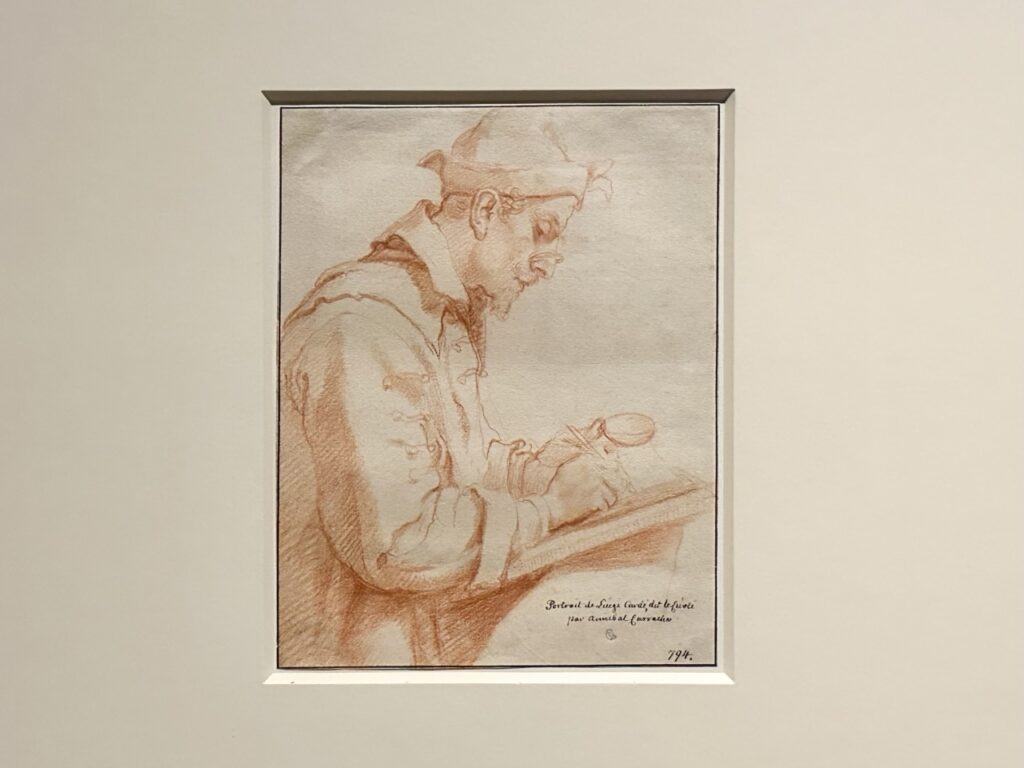
The second chapter, which is themed around France, begins with the unusual costume designs of Italian painters invited to the court of Fontainebleau, southeast of Paris, and continues with works by unique printmakers from Lorraine, such as Jacques Bérange and Jacques Callot, as well as painters who led the French Baroque period.
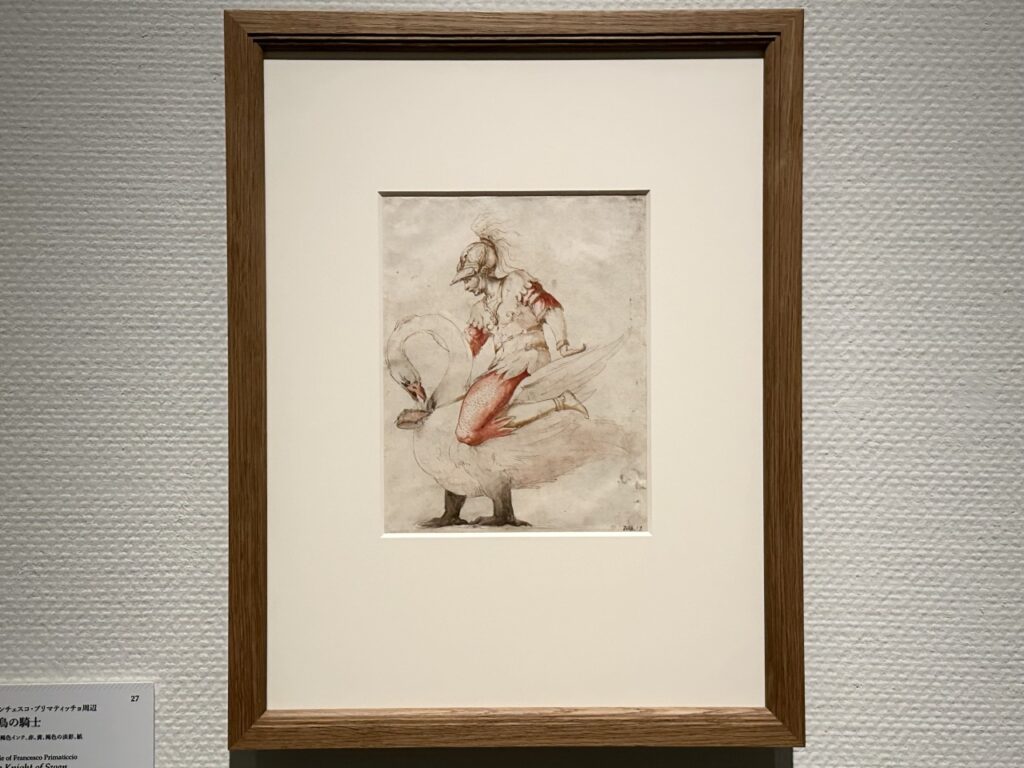
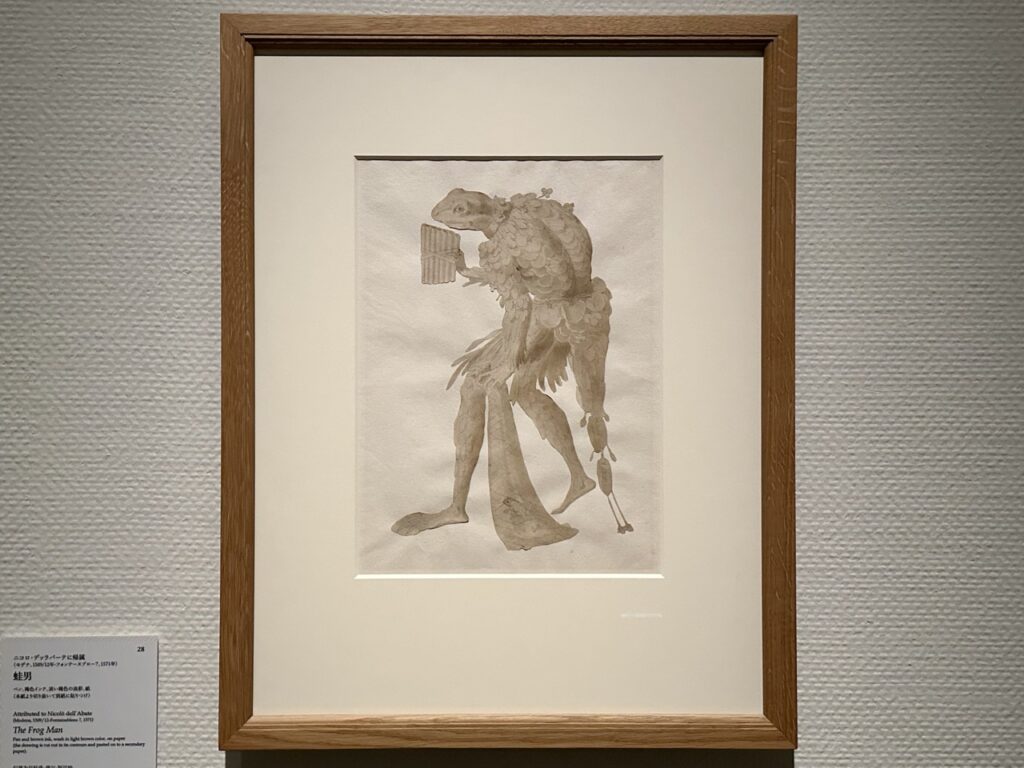
Caro was also an accomplished draftsman, and the exhibition features a preliminary sketch for The Temptation of Saint Anthony, which depicts a legend surrounding Saint Anthony , alongside a print (c. 1635) based on the sketch.
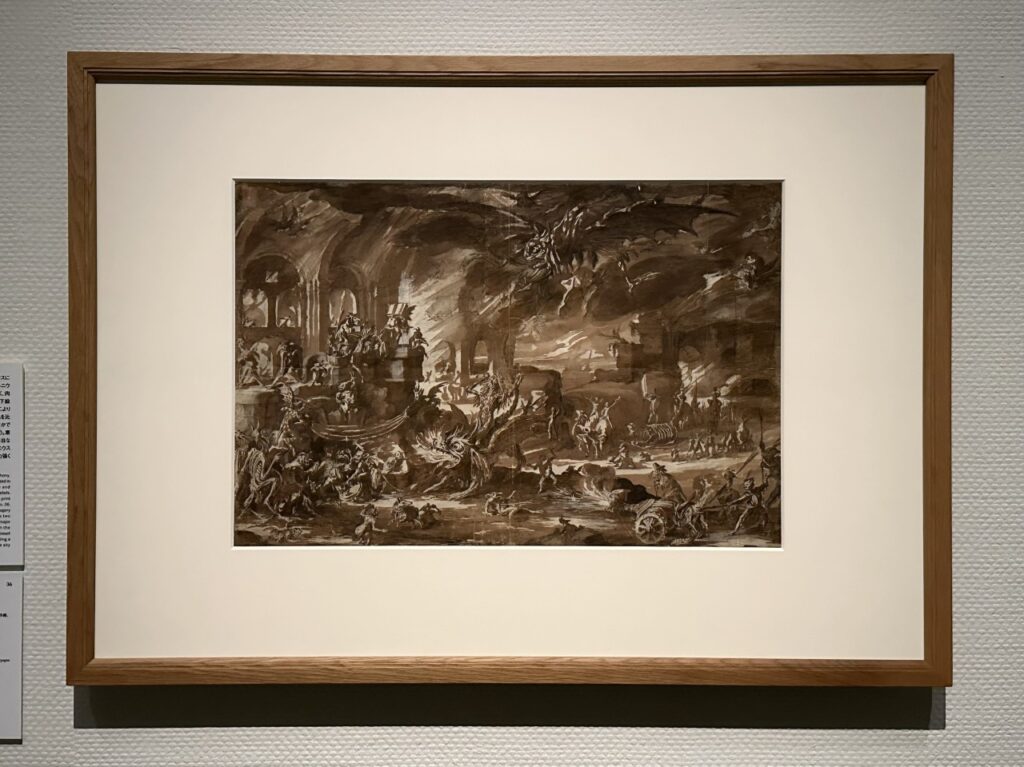
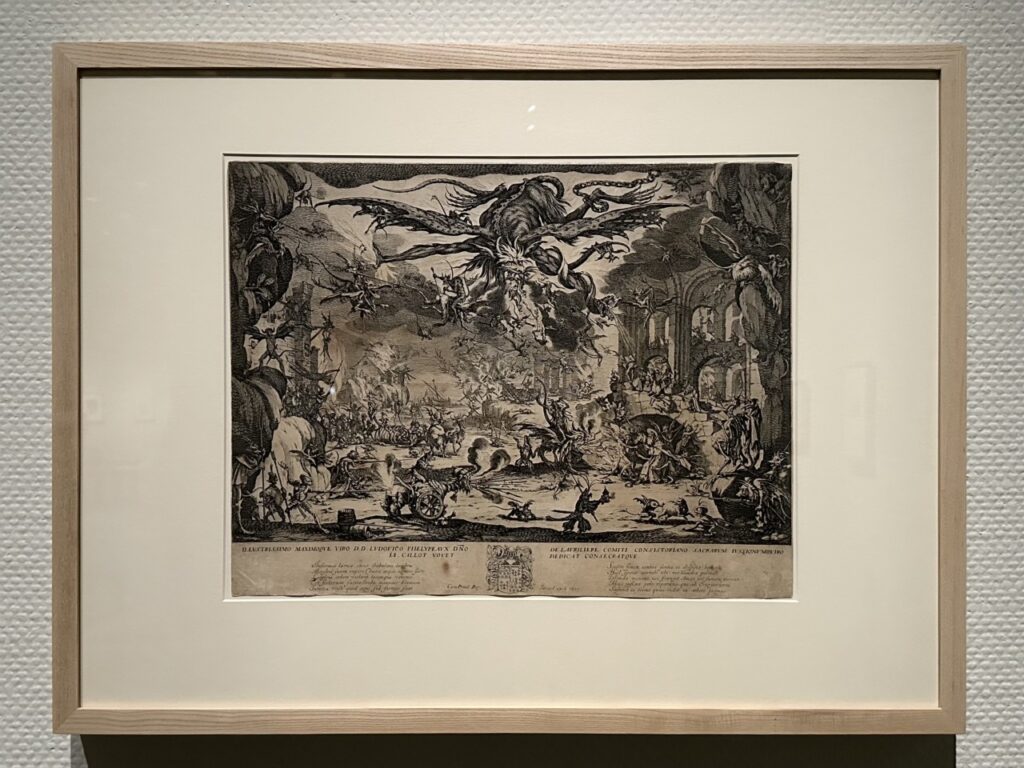
Each piece is well worth seeing on its own, with its printmaking techniques that give movement to the lines through meticulous adjustments while expressing a natural sense of perspective, its wide variety of demonic visuals, and its dynamism that is as if it had been cut out of a panic movie.
However, while in the print Antony is seen bravely brandishing a cross as he fights the devil, in the drawing he is seen falling on his buttocks and being pushed into a disadvantageous position. In addition, there are various differences in the details between the two works, such as the presence or absence of rocks bordering the left and right sides of the composition. By comparing the two works, one can imagine what the artist focused on as he developed his work, and the effect of his choices in the elements.
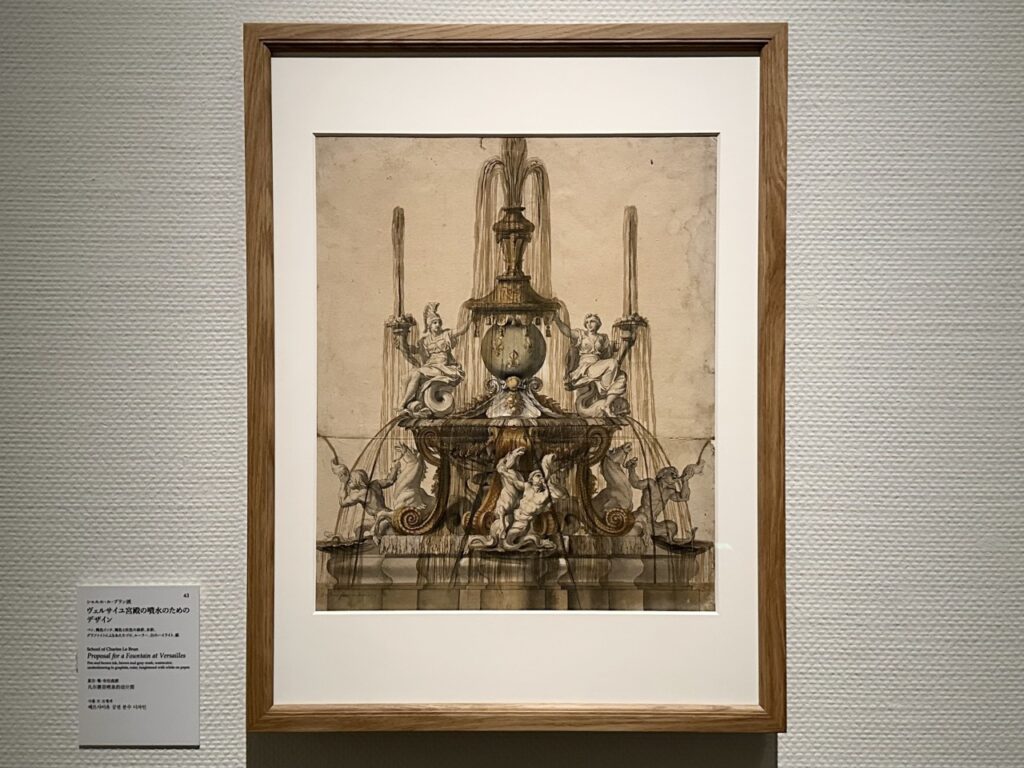
The chapter also touches on the elegant design drawings commissioned by Nikodemus Tessin, the architect who laid the foundation for the Nationalmuseum's drawing collection, for the ceiling decoration of his own home.
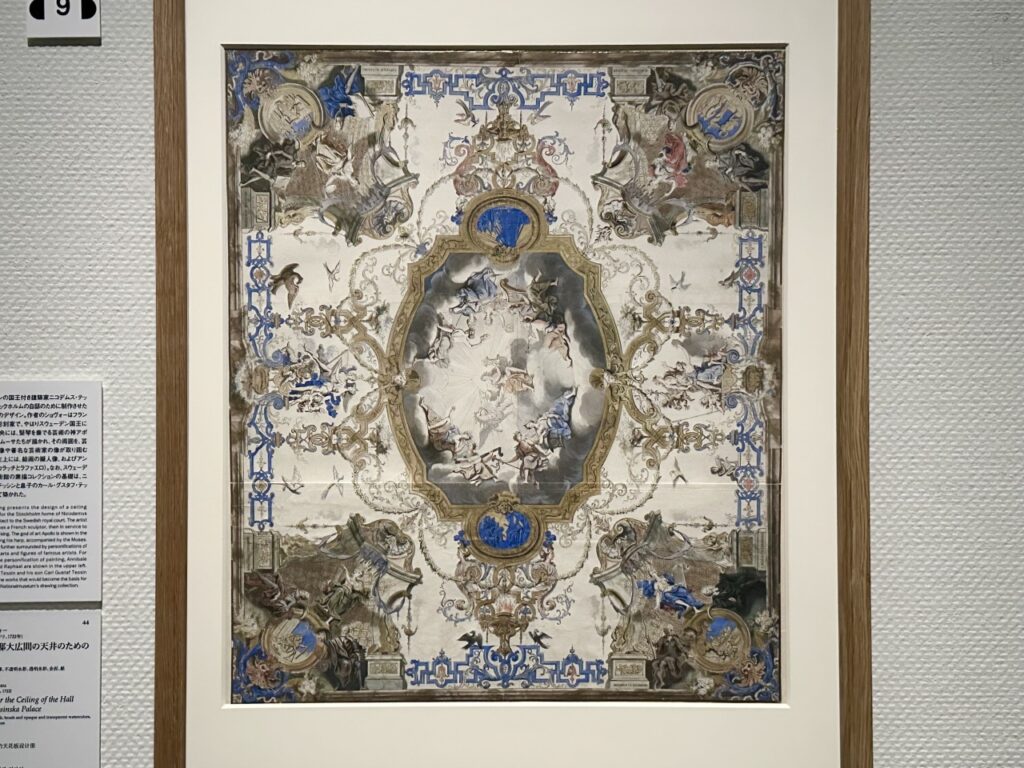
Chapter 3 focuses on Germany (or more precisely, the German-speaking region, including Switzerland, Austria, etc.) in the 16th century, and highlights include head studies and portrait drawings by three of the greatest masters of the German Renaissance: Matthias Grünewald, Albrecht Dürer, and Hans Baldung Grien.
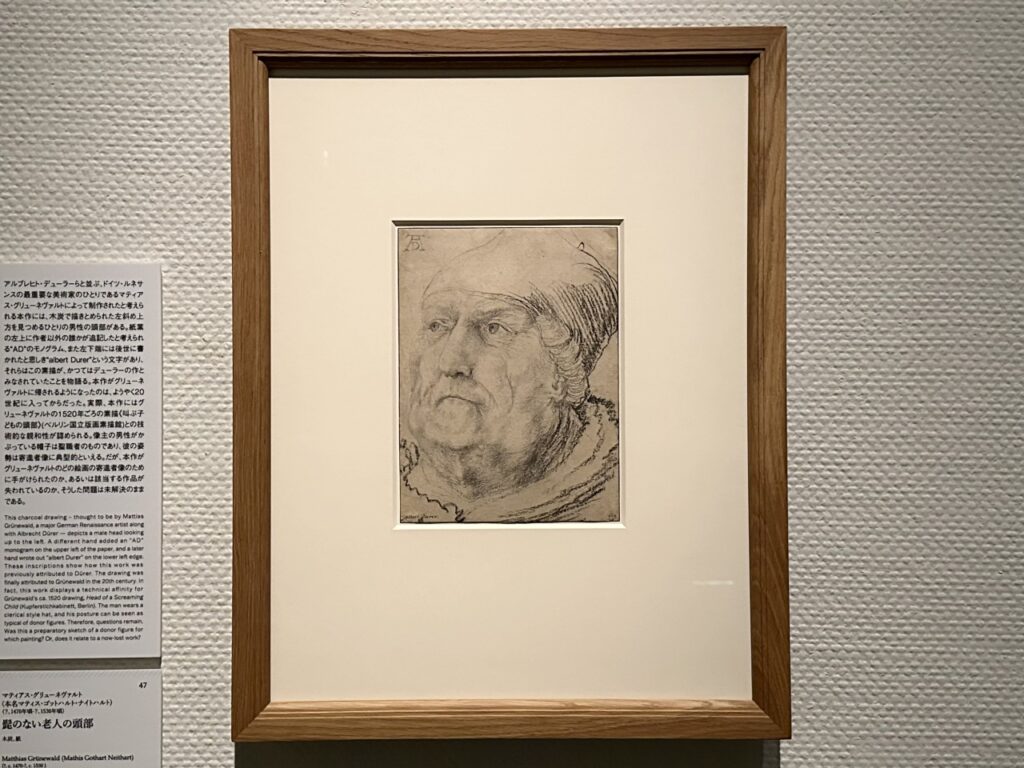
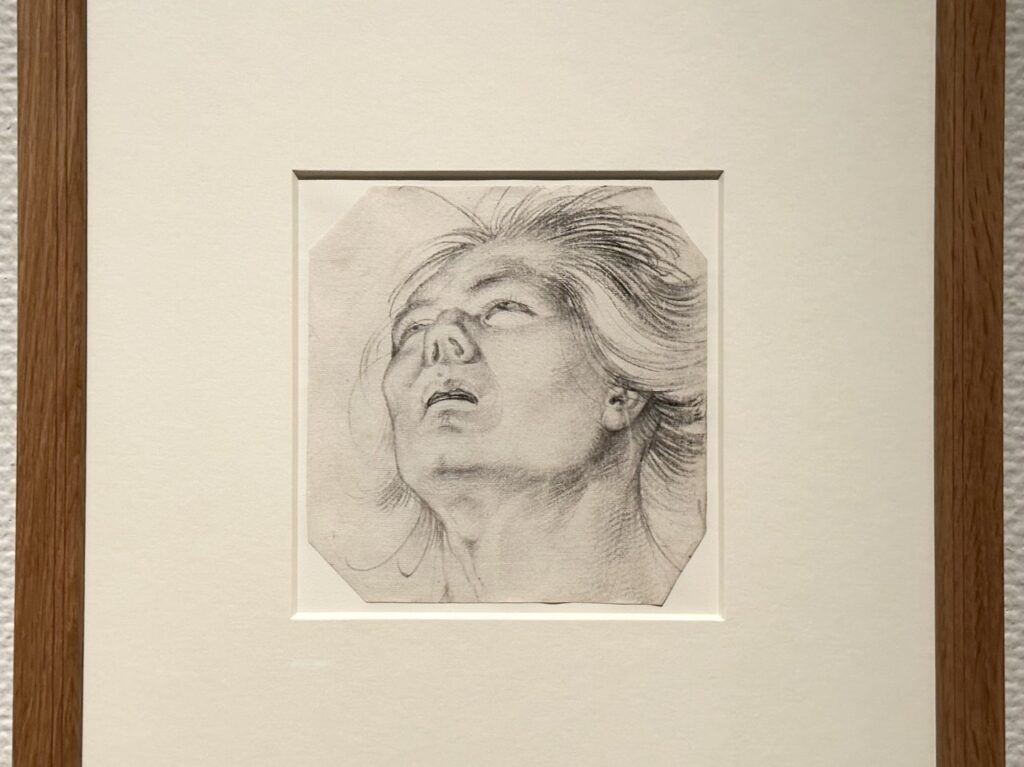
Dürer's Portrait of a Young Woman with Three Braids (1515), which has been described as "there is nothing that cannot be depicted with black lines," is a sketch, yet it is completed as an independent monumental work of art. While the various parts of the face, the contours, and the texture of the skin are delicately depicted with fine, intricate lines, it is interesting to note that the hair, ribbons, and clothing are depicted with thicker, darker bundles of lines, and this technique can be seen as naturally drawing attention to the subject's stature.
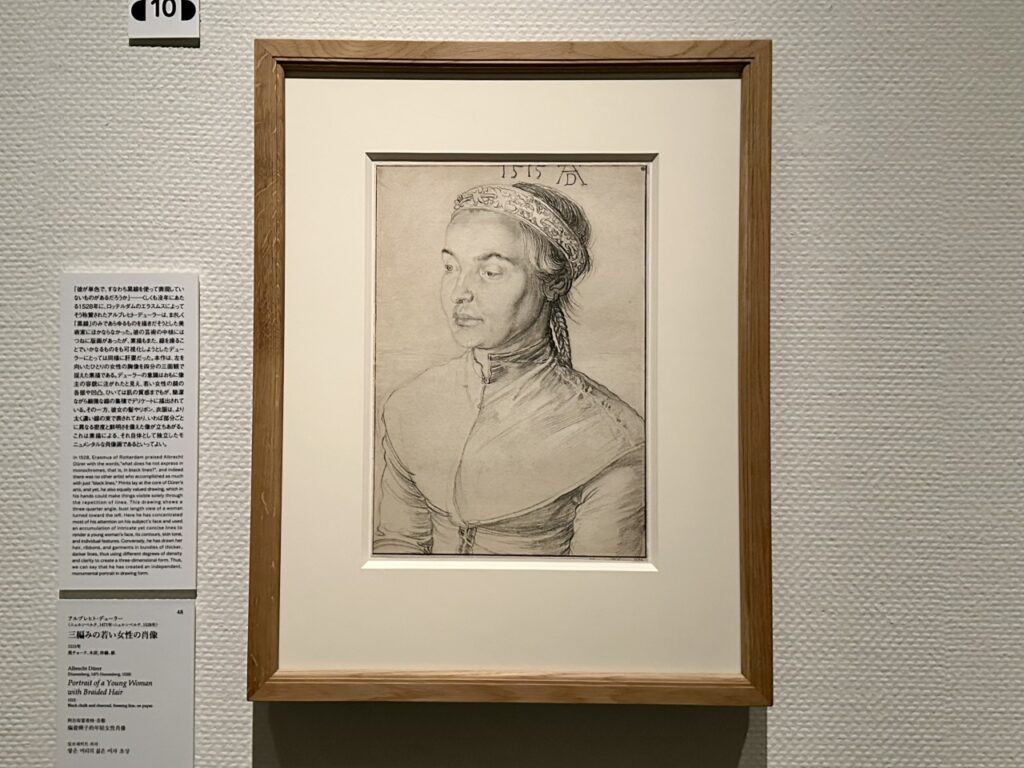
At the beginning of Chapter 4, which traces developments in the Netherlands (present-day Belgium and the Netherlands) centered on the 17th century, visitors can see Lucas van Leyden's Portrait of a Young Man (1521), with its striking pale eyes reflecting light. Oil painting techniques developed rapidly in the Netherlands in the early 15th century, but the spread of paper was slower than in Italy, and few drawings from before the early 16th century remain. In that sense, this work is a valuable example.
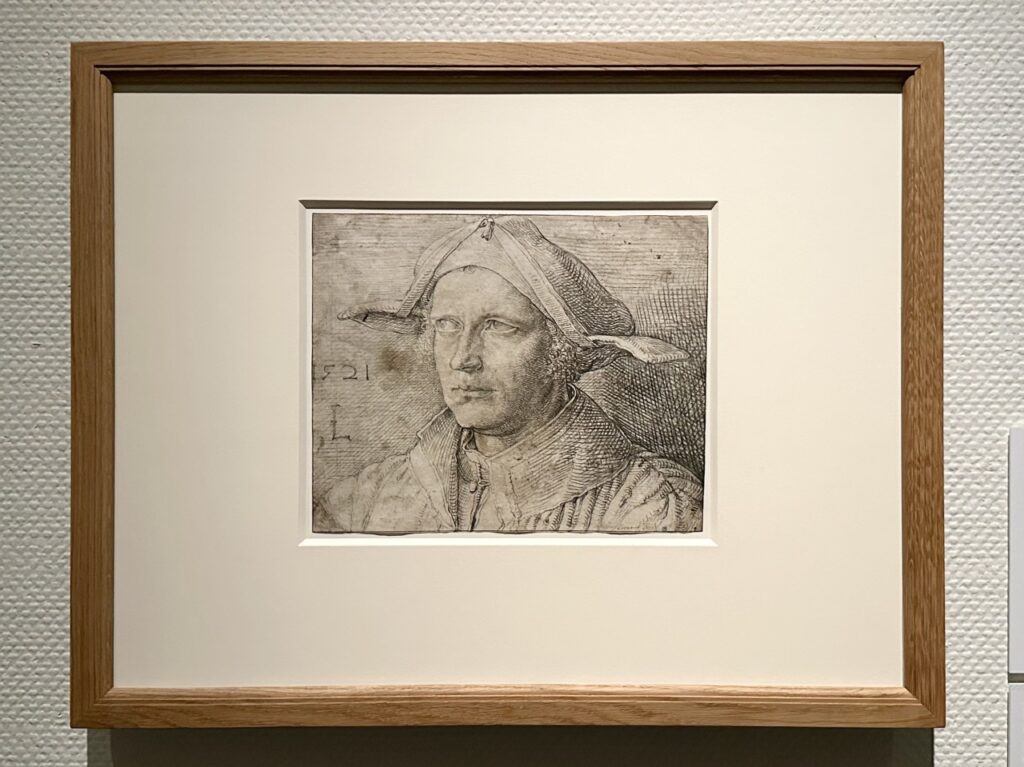
Due to political and religious unrest, the Netherlands was divided into North and South Flanders at the end of the 16th century, but once the unrest had calmed down, Peter Paul Rubens was at the center of the artistic revival in Flanders. In order to handle the large number of orders that came to his workshop, Rubens assigned the work to his many apprentices and assistants, and it is said that this system was supported by meticulously prepared preparatory sketches.
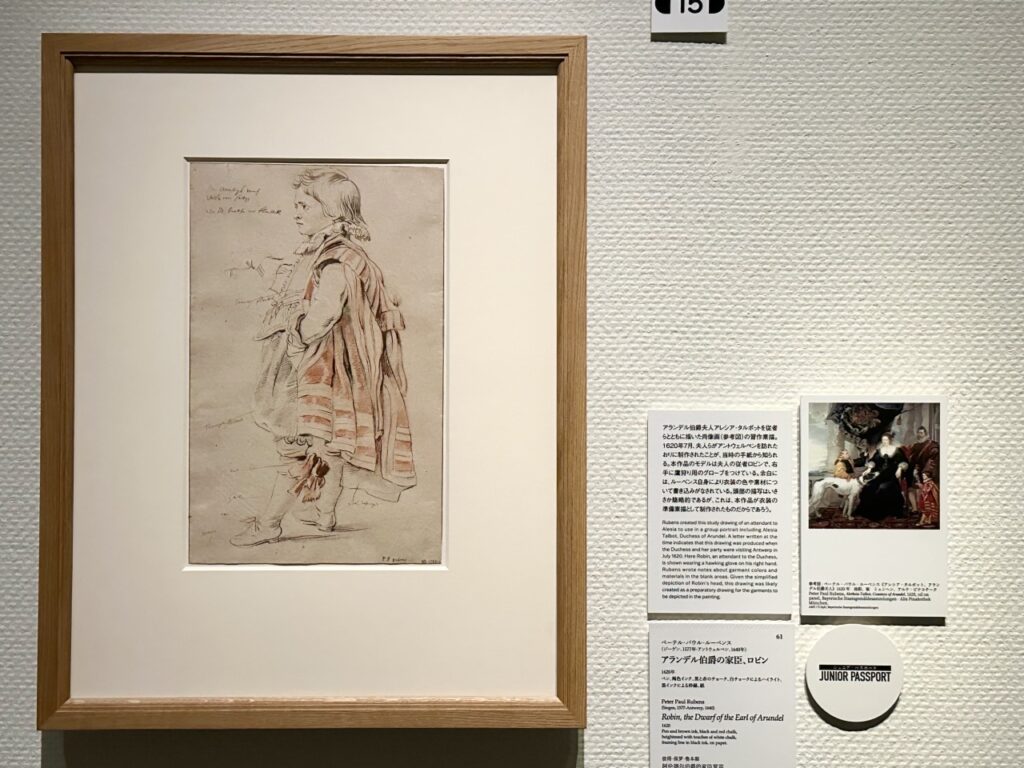
In "Robin, Lord Arundel's Vassal" (1620), Rubens himself has written detailed notes in the margins about the materials and colors of the clothing worn by the model, which gives us an idea of how the sketches were used.
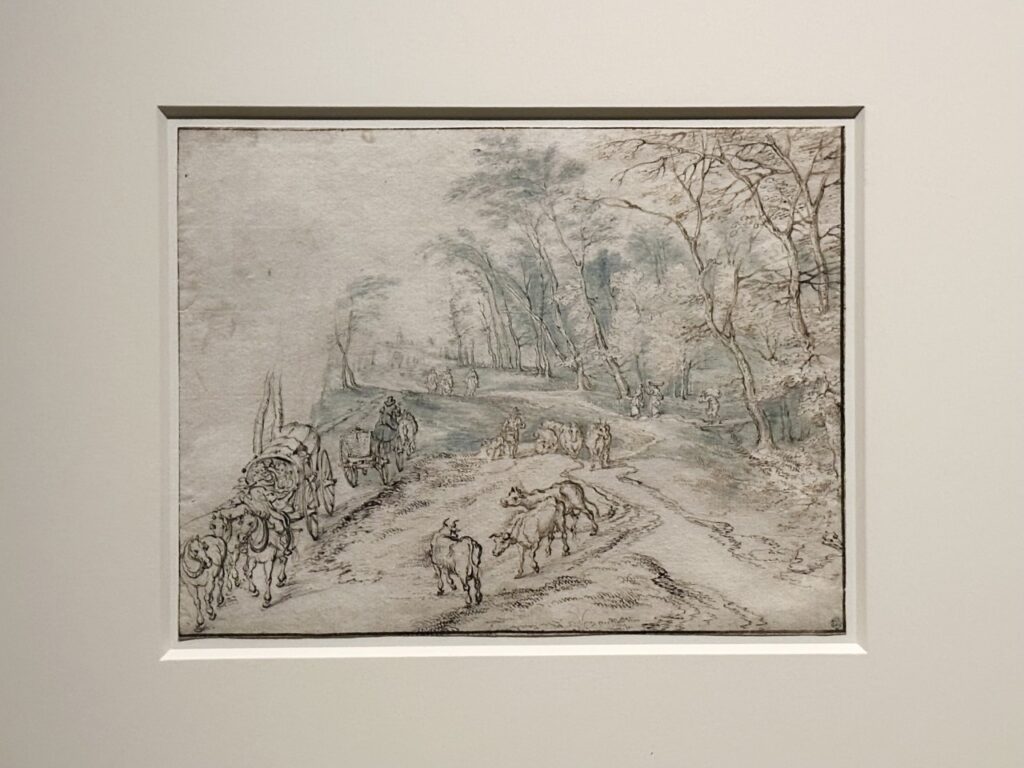
In the Netherlands, where economic prosperity led to an unprecedented boom in painting, genres such as landscapes, genres, still lifes, and animals flourished, due to the fact that the Netherlands was a Protestant country that prohibited religious worship and the citizens who purchased paintings preferred familiar and accessible subjects.On the other hand, there were also painters who continued to focus on depicting Christian stories, and the most prominent of these was Rembrandt van Rijn.

"The Arrest of Christ," depicting Christ being arrested in the Garden of Gethsemane following Judas' betrayal, gives a simple impression, but makes use of the effects of light and darkness that are synonymous with Rembrandt. The painting expresses the majesty and divinity of the tense scene, as well as the nobility of Christ's spirit as he accepts his fate, making it a small but eye-catching piece.
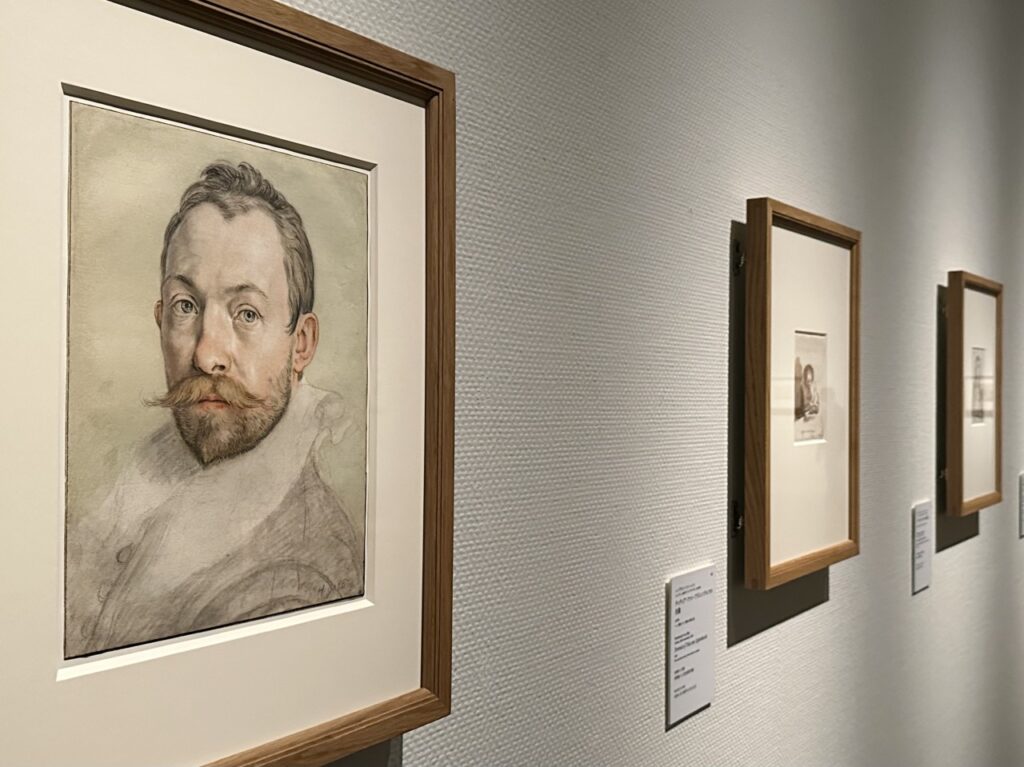
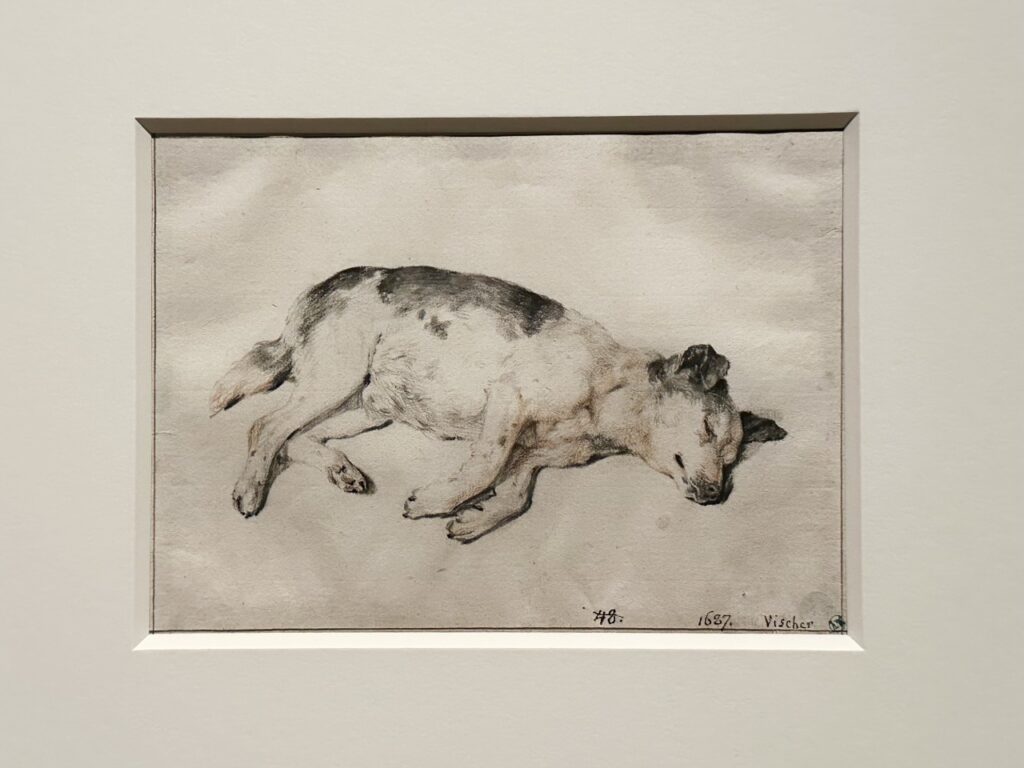
At the end of the exhibition is Cornelis Visser's Sleeping Dog , an adorable dog asleep with its guard down. The painting is based on meticulous observation of every detail, from the slightly open eyelids to the soft fur on the dog's belly, and the gentle colors convey the artist's warm gaze towards the dog. Original merchandise based on this work was also available for sale, so be sure not to miss it if you visit the venue.
Overview of the "Nationalmuseum Drawings Collection: From Renaissance to Baroque" Exhibition
| venue | National Museum of Western Art [Ueno Park, Tokyo] |
| Dates | July 1st (Tuesday) – September 28th (Sunday), 2025 |
| Opening hours | 9:30 – 17:30 (until 20:00 on Fridays and Saturdays) *Admission is until 30 minutes before closing. |
| Closed days | Mondays, July 22nd (Tuesday), September 16th (Tuesday) *However, the museum will be open on July 21st (Monday, national holiday), August 11th (Monday, national holiday), August 12th (Tuesday), September 15th (Monday, national holiday), and September 22nd (Monday). |
| Admission fee (tax included) | Please check the official ticket page for details. |
| Organizer | National Museum of Western Art, Yomiuri Shimbun |
| inquiry | 050-5541-8600 (Hello Dial) |
| Exhibition official website | https://drawings2025.jp |
*The content of this article is current as of the time of coverage. Please check the official exhibition website for the latest information.


